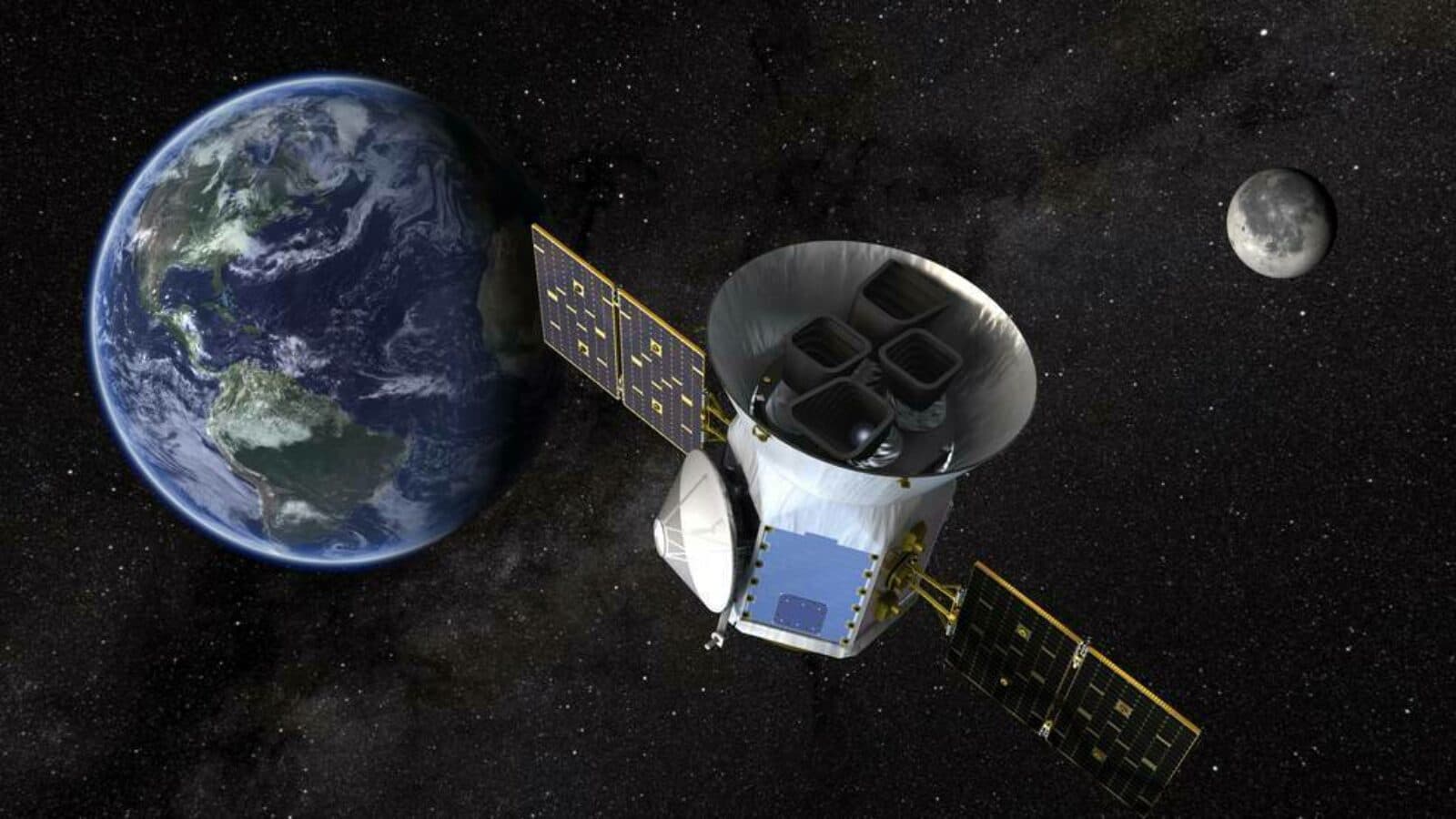Spotlight Live: TESS & the Search for Exoplanets
by Bruce Lieberman
An interview with George Ricker, Sara Seager and Joshua Winn about the Transiting Exoplanet Survey Satellite (TESS)

The Author
The Researchers
NOTE: Thanks to everyone who joined our discussion. YOUR QUESTIONS are listed below with time stamps for hearing the answers.
Following a three-year competition, NASA has selected the Transiting Exoplanet Survey Satellite (TESS) project at MIT for a planned launch in 2017. The space agency announced the mission — to be funded by a $200 million grant to the MIT-led team — in early April. (See press release)
The project, led by principal investigator George Ricker, a senior research scientist at the MIT Kavli Institute for Astrophysics and Space Research (MKI) will use an array of wide-field cameras to perform an all-sky survey to discover transiting exoplanets, ranging from Earth-sized planets to gas giants, in orbit around the brightest stars in the sun’s neighborhood.
An exoplanet is a planet orbiting a star other than the sun; a transiting exoplanet is one that periodically eclipses its host star.
“TESS will carry out the first space-borne all-sky transit survey, covering 400 times as much sky as any previous mission,” Ricker says. “It will identify thousands of new planets in the solar neighborhood, with a special focus on planets comparable in size to the Earth.”
On Wednesday May 1, science writer Bruce Lieberman asked your questions about exoplanets and the Transiting Exoplanet Survey Satellite (TESS) project in an interview with George Ricker, Sara Seager and Joshua Winn.
About the Participants
GEORGE RICKER is principal investigator of the TESS mission and a senior research scientist at the MIT Kavli Institute for Astrophysics and Space Research (MKI) in Cambridge, Mass. Ricker is also a partner in a separate mission called NICER, which along with TESS was selected for funding by NASA in April. NICER, the Neutron Star Interior Composition Explorer, will be mounted on the International Space Station and measure the variability of cosmic X-ray sources.
SARA SEAGER is professor of planetary science and physics at MKI and a member of the TESS team. Seager’s research focuses on computer models of exoplanet atmospheres, interiors and biosignatures. Her research group works with data from several space telescopes including Kepler, Spitzer, Hubble, and EPOXI. The group has been involved in the development of TESS, as well as a separate project called ExoplanetSat, a suite of nanosatellites that will each focus on one bright star at a time to search for transiting exoplanets.
JOSHUA WINN is an associate professor of physics at MKI and Deputy Science Director for the TESS mission. Winn, who is also a Participating Scientist in the NASA Kepler mission, is interested in the properties of planets around other stars, how planets form and evolve, and whether there are planets beyond Earth capable of supporting life. His group uses optical and infrared telescopes to study exoplanetary systems, especially those in which the star and planet eclipse one another.
BRUCE LIEBERMAN is a freelance journalist with more than 20 years of experience in the news business. He worked as a reporter at daily newspapers for many years before becoming an independent writer and editor in 2010. For The Kavli Foundation, Bruce has interviewed researchers about galaxy clusters, dark matter and dark energy, string theory, the emergence of the first stars and galaxies, exoplanets and other subjects. He has also written for Scientific American, Smithsonian Air & Space magazine, and Nature about a variety of science topics.
Your Questions
- Will TESS have the ability to identify planets in the habitable zones of other stars? (5:10)
- How do you select which stars to focus on? (7:05)
- How can you calculate how far away a planet is? (9:05)
- If TESS lasts beyond it's scheduled lifetime are there any other ways you might use it? (12:50)
- Can you continue to add new technologies to TESS before the 2017 launch? (14:30)
- What are your different roles in the TESS project? (16:00)
- If you find an interesting planet, what happens next? (20:30)
- Can TESS track a planet after it has transited its star? (23:30)
- What would be the most exciting project result for each of you? (24:20)
- What plans are there for citizen science involvement? (27:15)
- What does learning about other planets, through TESS, tell us about our own planet? (29:05)
- What role does TESS play in the other exoplanet exploration missions? (30:00)